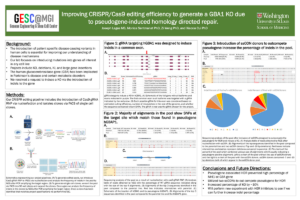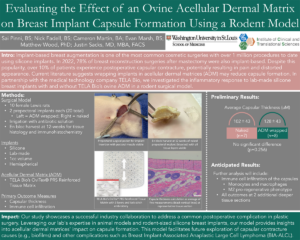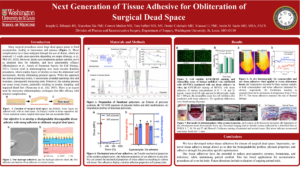Introduction: Atherosclerosis (AT) is a progressive cardiovascular disease characterized by persistent inflammation and excessive cholesterol deposition within the artery wall and is the fundamental pathological process underlying coronary artery disease and stroke. Macrophage (MФ) foam cells play a central role in the pathogenesis of AT. Surfactant protein A (SPA) is a lipid-associating protein involved with […]
1. Surfactant Protein A Promotes Atherosclerosis through Mediating Macrophage Foam Cell Formation




